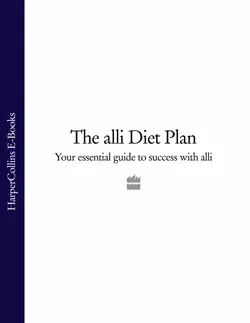The alli Diet Plan: Your Essential Guide to Success with alli

Литагент HarperCollins
Тип: электронная книга
Жанр: Спорт, фитнес
Язык: на английском языке
Стоимость: 844.33 ₽
Статус: В продаже
Издательство: HarperCollins
Дата публикации: 16.04.2024
Отзывы: Пока нет Добавить отзыв
О книге: The alli Diet Plan: Your Essential Guide to Success with alli, электронная книга автора Литагент HarperCollins на английском языке, в жанре спорт, фитнес